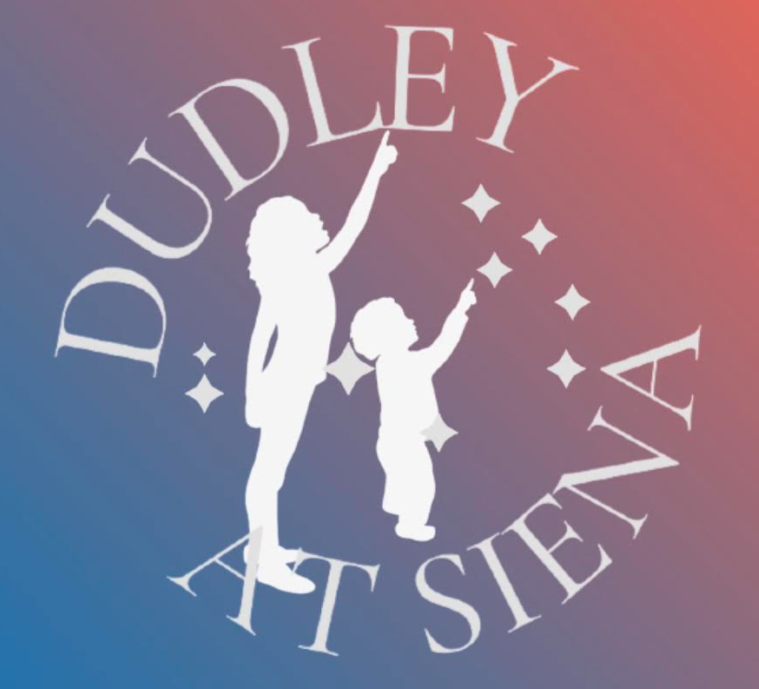Skywatch Line for Wednesday and Thursday, April 2 and 3, 2025, written by Alan French
This is Dudley Observatory’s Skywatch Line for Wednesday and Thursday, April 2 and 3, 2025, written by Alan French.
The Sun rises at 6:35 A.M. on Wednesday and sets at 7:23 P.M. Thursday it rises at 6:33 A.M. and sets at 7:24 P.M. Thursday gained 20 minutes 18 seconds of daylight compared to last Thursday.
The Moon was new Saturday and is now moving toward first quarter and graces the evening sky. On Wednesday evening we have a lovely pairing of a crescent Moon and Jupiter.
If you want to try spotting Jupiter by day, the crescent Moon will provide a nice landmark, but you will need some optical aid. A careful search with steadily held or mounted binoculars may reveal Jupiter in the daytime sky, but a telescope makes success more likely.
The Moon will be due south at 5:02 P.M. Wednesday. It will be high in the sky, 75 degrees above the horizon. Jupiter will be 5 degrees below and a bit left of the Moon, near the 7 o’clock position. Focus carefully on the Moon and scan below and slightly left of it for Jupiter. (Many binoculars have true fields of around 6 degrees. If you know the true field, you can judge how far away to look. In your view, the Moon spans ½ degree.)
At 8:30 P.M. Wednesday a 27% sunlit Moon will be high toward the west. Bright Jupiter will be just 5 degrees to its lower left. The pair will make a pretty sight.
By Thursday at 8:30 P.M. the Moon will be 38% in sunlight and 15 degrees above Jupiter. This is a good time to explore the Moon with steadily held or supported binoculars, or any telescope. Although the Moon is essentially unchanging, the lighting constantly changes. As the Moon moves toward first quarter, the Sun is rising higher into the its sky. The line of sunrise marches across the lunar surface bringing new features come into view. It is fun to watch a crater floor first catch the rays of the rising Sun and slowly move into full sunlight. You can also see new mountain tops and crater walls in darkness catch the light of the rising Sun. I pick three or four lunar features moving into sunlit to watch. The changes over an hour can be significant.
Jupiter’s convenient appearance in the evening sky makes this a fine time to views its four Galilean moons with any telescope. They are even visible in steadily supported binoculars, although may be hard to see when close to the planet. By 9 P.M. the sky is dark and Jupiter is 39 degrees above the horizon.
On Wednesday at 9 P.M. three moons will be the Jupiter’s west and one to its east. The three to the west, in order of distance, closest to farthest, are Ganymede, Europa, and Callisto. Ganymede and Europa will be close together and Callisto will be considerably farther away. Io will be to the east and closest to the planet.
On Thursday at 9 P.M. all four moons will be to Jupiter’s west. Io will be closest and Europa next, with both close to Jupiter’s limb. Ganymede and Callisto will be well west with Callisto farthest away.
Io and Europa are about to move behind Jupiter and will soon be occulted by the planet. Io will be occulted and vanish behind Jupiter’s limb at 9:18 and Europa will disappear behind the planet at 10:22. Io will emerge from Jupiter’s shadow to the east of the planet at 12:40 A.M. Thursday morning, just as Jupiter sets. Europa will not emerge from eclipse until 3:25 A.M. Thursday, when Jupiter will be below our horizon.
